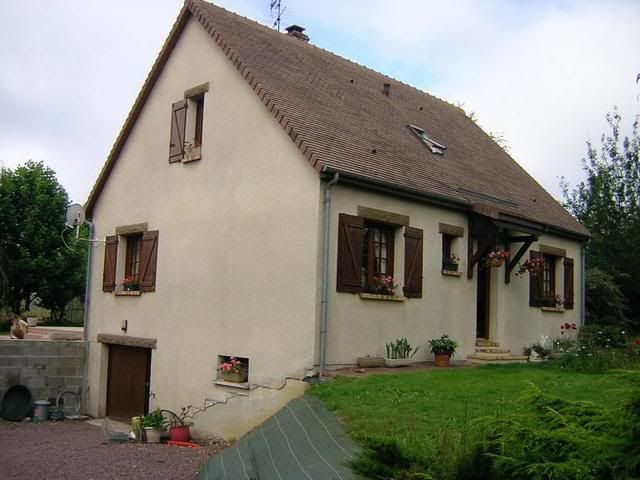Andy,
I have some results for you now, and they make interesting reading (from my point of view also). Using the information that you gave me, together with a few assumptions regarding frame hight and thickness etc (which as we are interested in the difference, won't cause too much of an inaccuracy) I got the following results: -
With shutters in the open position Uwindow = 2.4 W/m2K
With shutters closed Uwindow = 1.5 W/m2K
If you were able to make the shutters a better fit, so that the gap all around was <= 2mm, then Uwindow = 1.2 W/m2K
The U value is a heat loss in Watts per square meter of window per Kelvin (degree C - it's the same thing).
Assuming your house has a window area of 12 square meters (measure the area of the reveal, not just the glass), and an internal temp of 20 deg C and an outside temp of 0 deg C (reasonable for your part of the world during the winter), we get the following heat loss figures: -
No shutters - Heat Loss = 2.4 x 12 x 20 = 576 W
Loose fitting shutters - Heat Loss = 1.5 x 12 x 20 = 360 W
Tight fitting shutters - Heat Loss = 1.2 x 12 x 20 = 288 W
There is also a significant effect on the sight-line temperature. This is where the glass meets the frame, and is always the coldest spot on a window assembly - hence the point were condensation starts to form.
No shutters - SLT = 8.2 deg C
Loose Shutters - SLT = 12.5 deg C
Airtight shutters - SLT = 13.7 deg C
All of which tells me that it is worth closing the shutters at night during the winter! I suppose this is hardly surprising - as if the shutters didn't make much difference, why do most houses in mainland Europe have them fitted?
As an aside - this is the reason that windows in the UK open outwards, and windows in Continental Europe open inwards - it is to allow teh shutters to be closed from inside the room. As the UK traditionally doesn't have shutters, hence the windows open outwards.

Hope that this helps.
Regards
Gary


































